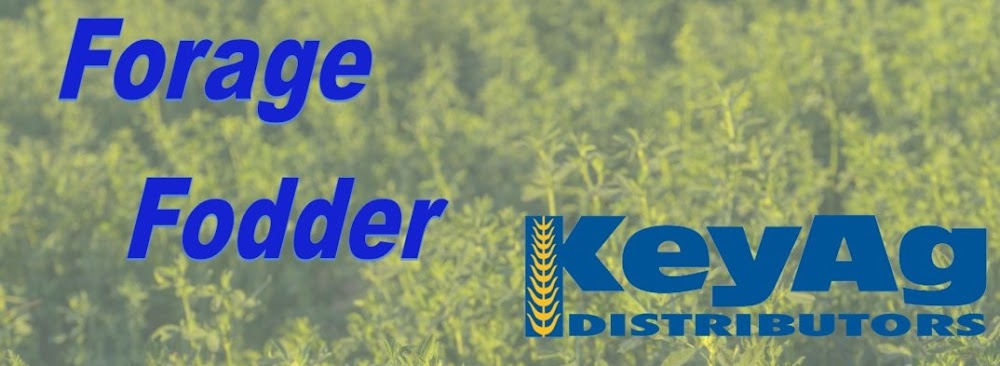Thursday, June 30, 2022
Wednesday, June 29, 2022
State-By-State Hay Summary
Colorado—In the June 23 report, compared to last report, trade activity moderate on very good demand for horse hay and retail markets. Trade activity moderate on very good demand for feedlot and ranch hay markets. Small squares of new crop horse hay are trading $2/bale higher than last year due to a multitude of factors including fertilizer cost, fuel, and yield loss from drought. According to the U.S. Drought Monitor’s High Plains Summary for June 21, much of the High Plains Region has seen beneficial rainfall and temperatures averaging near to below-normal over the past 30 days, with the exception of a few locations. Targeted improvements were made in parts of Colorado due to a robust southwest monsoon circulation and an active storm track across the Northern Tier, respectively. According to the NASS Colorado Crop Progress Report for the week ending June 19, first cutting alfalfa harvested is 50 percent. Stored feed supplies were rated 2 percent very short, 23 percent short, and 75 percent adequate.
Missouri—In the June 23 report, compared to last report, haying is still in full swing around the state. Hay prices are steady to firm, supply and demand are moderate. Although some are finishing up, overall statewide harvest is just a bit over half done which is pretty much right in line with the five year average. Wheat harvest is also underway, providing some new crop straw to the market. As expected a lot more of the southern half of the state showed up on the drought monitor this week. Right at thirty percent of the state is now listed as abnormally dry. As summer officially arrived this year the long spell with no real moisture and record setting heat this early in the year has many very concerned about what the rest of summer is going to be like. Fescue seed harvest is now underway. Although much of the southern half of the state, where most of the state’s seed comes from, could really use some rain those in the harvesting seed are really hopeful winds and storms hold off a bit. Most of the seed in the state is cut standing and not swathed and a strong storm could be divesting for what seems to be a promising fescue season. Prices at all reporting stations is at $1.08-$1.10 per lb.
Nebraska—In the June 23 report, compared to last week, round bales of alfalfa and grass hay sold fully steady. Dehydrated pellets sold steady. Ground and delivered hay products sold steady to $10 higher. Small and large squares steady. Demand was good to very good. Several reports of new crop hay getting loaded and shipped directly from the field. Several reports of weevils, late frost along with dry weather has cut the tonnage of alfalfa in different locations across the state. Some contacts reported tonnage down to half ton per acre. Some contacts in the panhandle are now getting water as some ditches had issues early in the spring and repairs have been made.
Oklahoma—In the June 17 report, compared to the last report, the hay trade is slow to steady. Looking at the market trend the true market trend for all types of hay has yet to be discovered. Rain has slowed down along with the sun to dry out the moisture which has allowed the farmers to start laying down and baling hay. The Oklahoma Mesonet Drought Monitor shows all of the central and eastern parts of Oklahoma are no longer in drought conditions. Most of the west is in moderate to abnormally dry conditions. Yet, there are still parts in the upper northwest and the Oklahoma panhandle with extreme to exceptional drought. Next report will be released July 1.
Texas—In the June 24 report, compared to the last report, hay prices remain mostly firm to $10 higher in all regions. Hay demand remains good. Hay supplies are shortening in most regions. Hotter than average temperatures and high winds have impacted yields, leaving first cutting yields shorter than prior years. Pasture conditions are primarily in poor to very poor condition with short soil moisture levels. As a result, supplemental livestock feeding is continuing even through the summer months. This is putting further demand on hay production on tightening hay supplies. Next report will be released July 8.
New Mexico—In the June 24 report, compared to last week, alfalfa hay prices steady. Trade very active, demand very good. In the southern and eastern part of the state, the third cutting is at a standstill due to moisture. In the north central part of the state, the first cutting is finished. Moderate to heavy rain fell across New Mexico providing relief, after months of extremely dry conditions.
South Dakota—In the June 24 report, compared to last week, alfalfa and grass hay firm. Very good demand for high testing, old crop, dairy quality hay as the first cutting was delayed much later than normal resulting in hay that is lower testing in Relative Feed Value. Supplies of dairy quality hay is limited but dairy producers aren’t chasing the market either. Very good demand for grass hay, the quality was very high if it was put up last weekend as the temps were hot and there was a strong wind that dried it down quickly.
Wyoming—In the June 23 report, compared to last week, alfalfa cubes and sun-cured pellets sold steady. This week had some first cutting of new crop alfalfa sold. Higher undertone on the market was noted. Demand and buyer inquiry was good. Eastern areas of the state have had a lot of weevil infestation with some having to spray after the first cutting was baled for second cutting to start growing. Plus, some in the east are now just getting there first turn on water to very dry crops. Producers in the central and western areas are mowing first cutting of alfalfa this week. Most say tonnage looks normal as the windrows are decent in size. Some areas of the state are listed as normal on the U.S. Drought Monitor.
Montana—In the June 24 report, compared to two weeks ago, hay sold generally steady. Demand for hay was light to moderate. Old crop hay sales continue to occur but on an as need basis. It remains very dry in north-central Montana and across the front slope. Buyers continue to search for hay to make it to first cutting. Many producers are starting to cut first cutting in the central portions of the state, while eastern and southern Montana has some hay already in the bale. Several producers report rains have destroyed quality for hay in Washington and Idaho and have buyers looking into Montana for high quality first cutting or old crop 3rd. Several sales of hay were destined for western states this week. Discussions of new crop hay contracts continue as two camps are establishing positions: Eastern and southern Montana producers are more proactive in trying to establish the hay market as rains have helped produce what many see as a bumper crop, while central and western Montana are more reserved as they see dry conditions across the front slope and highline along with very good demand from western states as beneficial to hay prices. Next report will be released July 8.













-page-001.jpg)








-page-001.jpg)
-page-002.jpg)

-page-001.jpg)
-page-002.jpg)
-page-003.jpg)




-page-001.jpg)
-page-002.jpg)
-page-001.jpg)
-page-001.jpg)
-page-002.jpg)

-page-001.jpg)
-page-002.jpg)
-page-003.jpg)
-page-001.jpg)
-page-001.jpg)
-page-002.jpg)
-page-003.jpg)
-page-004.jpg)
-page-005.jpg)





